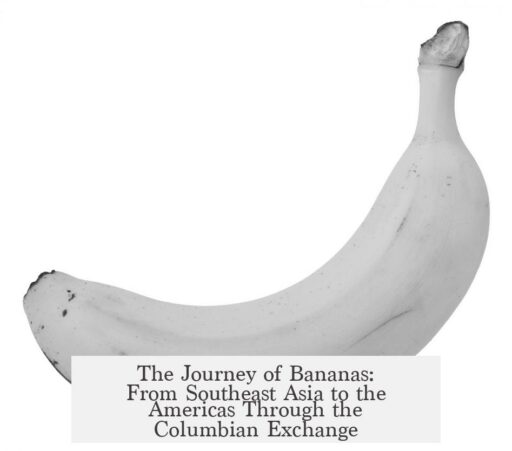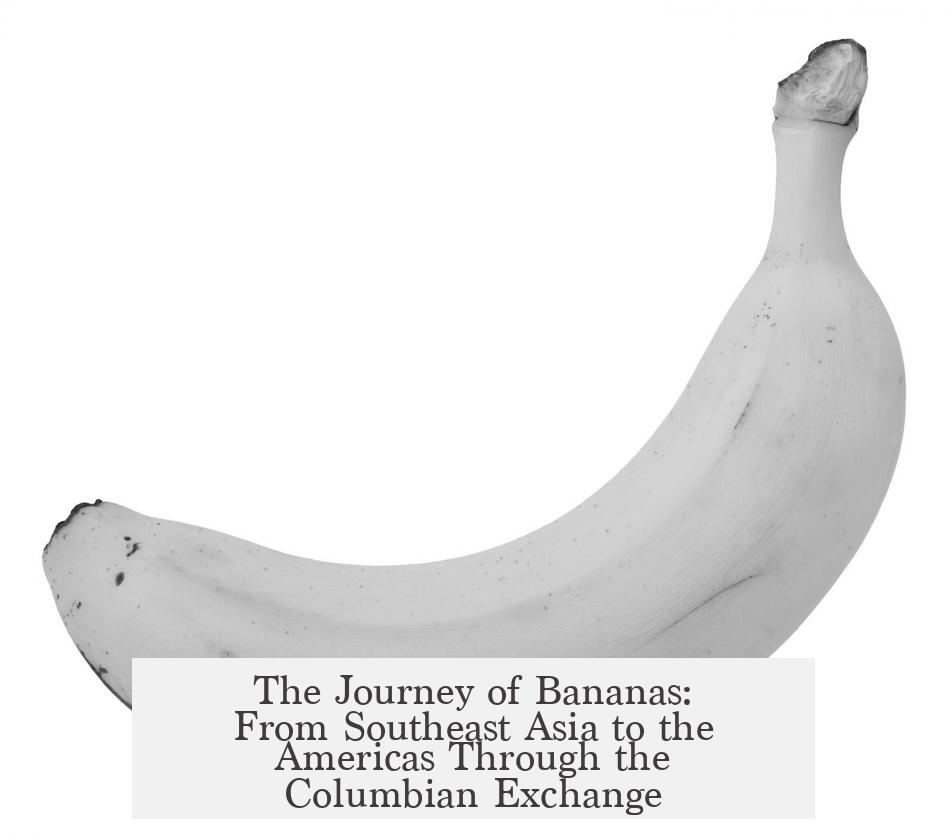The banana arrived in the Americas predominantly through the Columbian Exchange after 1500, but its widespread cultivation and integration into Caribbean diets largely resulted from enslaved Africans’ agricultural practices rather than solely European introduction.
Bananas originate from Southeast Asia. By the early modern period, they were widely cultivated across the tropical regions of the Eastern Hemisphere. Evidence suggests that while Polynesian contact with the Americas might have introduced the banana earlier, this remains speculative and not conclusively proven by current scholarly research. The idea that bananas came to the Americas via Polynesian voyagers lacks strong archaeological or botanical evidence and is not widely accepted as a primary route.
More reliably, bananas were introduced to the New World during the Columbian Exchange, a period of extensive biotic transfer between the Old and New Worlds. Traditional accounts credit a friar with bringing bananas to Santo Domingo around 1516. The island’s tropical climate and fertile soil supported rapid banana cultivation, from where the fruit spread throughout the Caribbean islands.
However, recent scholarship challenges the simplistic view that Europeans alone were responsible for the banana’s spread. In their book In the Shadow of Africa: Africa’s Botanical Legacy in the Atlantic World, Judith Carney and Richard Nicolas Rosomoff argue that enslaved Africans played a central role in cultivating and diffusing bananas and plantains in the Americas.
The authors highlight that the spread of African crops mirrored the expansion of the transatlantic slave trade. Bananas and plantains originated in Africa, where they had long been staple crops. These crops traveled with Africans from the west coast of Africa to Portuguese and Spanish sugar islands in the Atlantic during the fifteenth century. Europeans and Africans together brought these plants to the Caribbean in the early sixteenth century.
Evidence from slave ship provisioning supports this theory. European traffickers typically loaded food that enslaved Africans were familiar with to sustain them during the Middle Passage. Bananas and plantains featured prominently among these provisions, reflecting their cultural and nutritional importance to African peoples. The transportation of these familiar crops ensured the survival and health of the enslaved population on long voyages.
Once in the Americas, enslaved Africans applied their agricultural knowledge to cultivate bananas, plantains, and other African crops such as millet, rice, yams, and manioc. These crops thrived in the Caribbean environment and became integral to both plantation agriculture and subsistence gardens maintained by enslaved people.
The role of maroon communities further underscores African contributions. These autonomous settlements, founded by escaped enslaved Africans, widely cultivated African plants to maintain food autonomy. Many African crops introduced during this period persist in the Caribbean and Brazil today, often growing wild. Their presence is a living testament to Africa’s botanical legacy in the Americas.
Despite these facts, African contributions to agriculture in the Americas have often been marginalized or obscured. European men of science historically claimed “discovery” of crops and techniques, ignoring or erasing African origins and expertise. The banana is a prime example. Assigning credit for the banana’s introduction to a friar ignores critical questions: Where did he obtain the banana plants? Who cultivated them? Who made bananas dietary staples? Evidence strongly indicates that enslaved Africans were central to the banana’s successful adoption and spread.
The wide adoption of bananas and plantains into Caribbean diets reflects African agricultural ingenuity, labor, and persistence. Their cultivation was not a simple transfer of a European-introduced crop but a complex process involving the transplantation of African knowledge and culture, entwined with the brutal history of slavery and colonialism.
| Key Points |
|---|
|
How Did The Banana Get To The Americas?

The banana arrived in the Americas primarily through a fascinating combination of early transoceanic connections, the Columbian Exchange, and the vital role played by enslaved Africans. This journey isn’t just a simple tale of a fruit hopping across oceans; it reveals a web of history, culture, and horticulture, often overlooked or simplified.
We all enjoy bananas on our morning cereal or as a handy snack, but have you ever paused to wonder how this tropical fruit, native to Southeast Asia, traveled thousands of miles to become a staple in the Americas? The story unfolds with rich layers of evidence and surprising contributors.
A Southeast Asian Origin and Early Movement
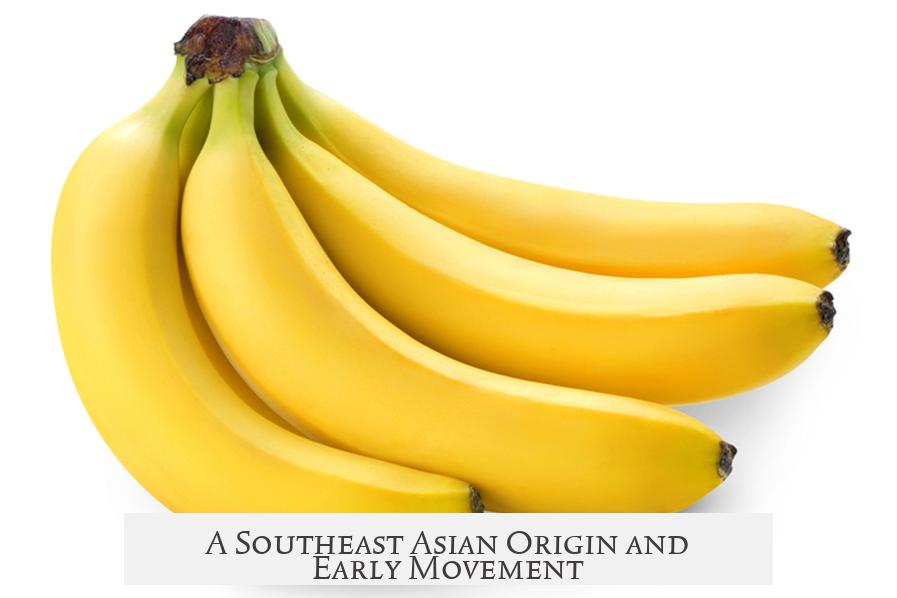
Bananas are originally from Southeast Asia, where they thrived in the humid tropics. They were widely cultivated throughout the Eastern Hemisphere long before they gained a foothold in the Americas. By the early modern period, these sweet fruits had spread extensively across Asia and Africa.
Interestingly, some scholars suggest that Polynesian sailors might have brought bananas to the Americas before European contact. Polynesians were remarkable ocean navigators known to traverse vast stretches of the Pacific, possibly reaching the west coast of South America. The idea is provocative, yet current historical evidence for pre-Columbian Polynesian introduction of bananas remains scarce and inconclusive. So, for now, bananas remain elusive in the story of early Polynesian contact.
The Columbian Exchange: A Turning Point
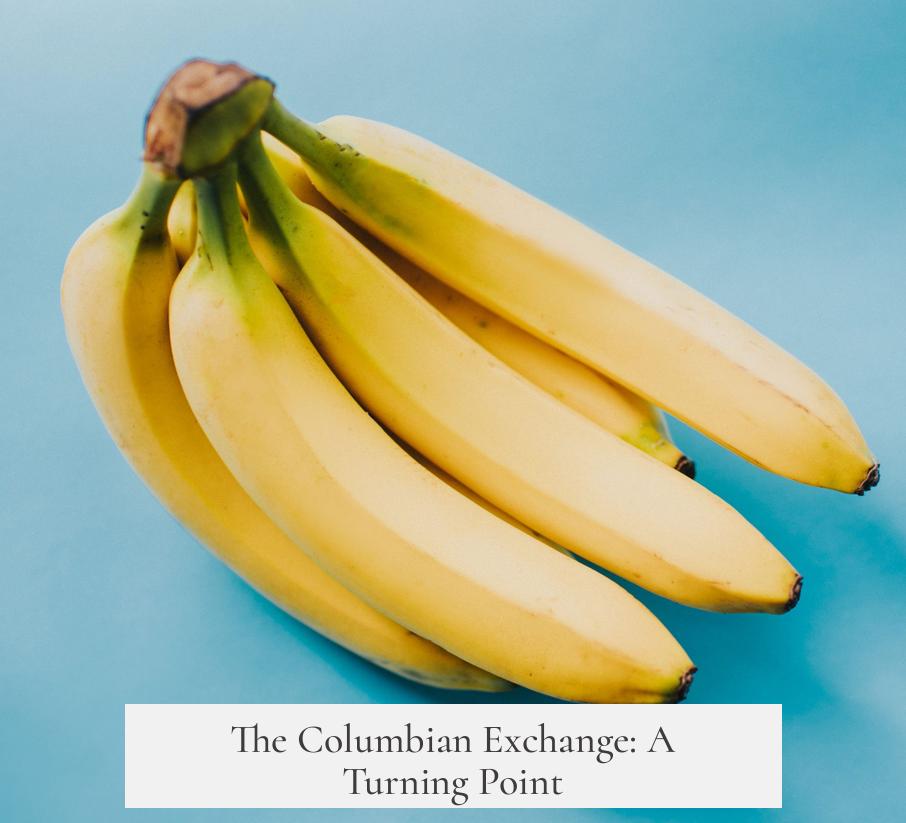
When Christopher Columbus sailed to the Caribbean, a whole new chapter began for bananas. The well-known narrative credits a Spanish friar with bringing bananas to Santo Domingo in 1516. Santo Domingo offered fertile soil and a tropical climate perfect for bananas, allowing the fruit to flourish and spread rapidly across the Caribbean islands.
This introduction was part of the broader Columbian Exchange—a widespread transfer of plants, animals, peoples, and culture between the Old and New Worlds.
The Unsung Heroes: Africans and the Spread of Bananas
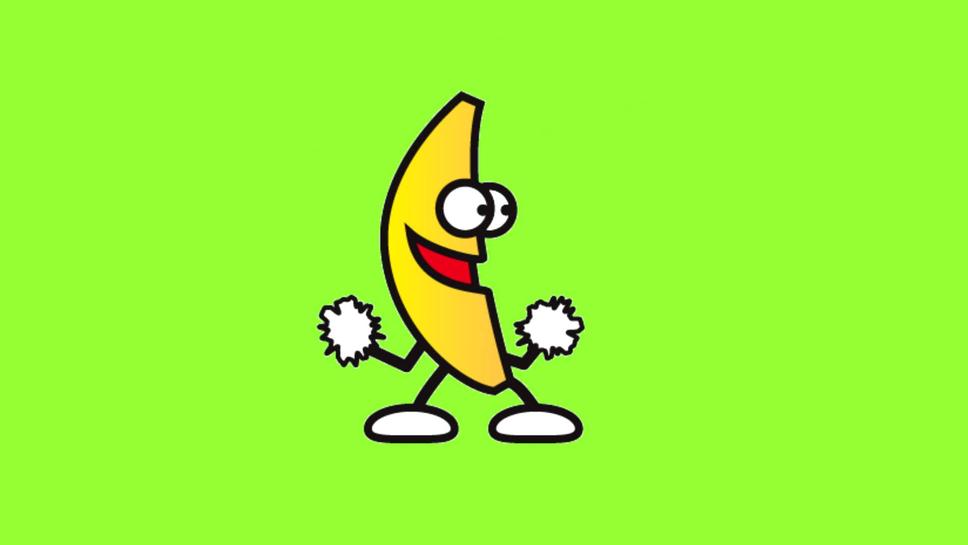
However, dismissing the banana’s New World story as purely a European endeavor misses a crucial piece. African people, especially enslaved Africans, played a major role in spreading bananas across the Americas. Judith Carney and Richard Nicolas Rosomoff’s research in In the Shadow of Africa: Africa’s Botanical Legacy in the Atlantic World sheds illuminating light on this.
Africans brought with them a rich agricultural heritage that included bananas and plantains. These crops traveled with them during the forced migrations from West Africa to sugar plantations across the Atlantic islands and the Caribbean in the 15th and 16th centuries. Remarkably, banana cultivation in the Americas corresponds closely with the expansion of slavery.
European slave traders often provisioned their ships with African foods, believing these familiar crops would sustain enslaved Africans during brutal voyages. Once on land, enslaved Africans used their agricultural expertise to cultivate bananas, plantains, and other African crops such as yams, millet, and manioc in their own gardens and on plantations.
Maroon communities—groups of escaped enslaved Africans—also maintained these crops, cultivating traditional African plants and ensuring that these species did not just survive but flourished independently in the Americas. To this day, many of these African-origin plants grow wild across the Caribbean and parts of Brazil, a living testament to Africa’s profound influence on the region’s agriculture.
Why the African Contribution is Often Overlooked
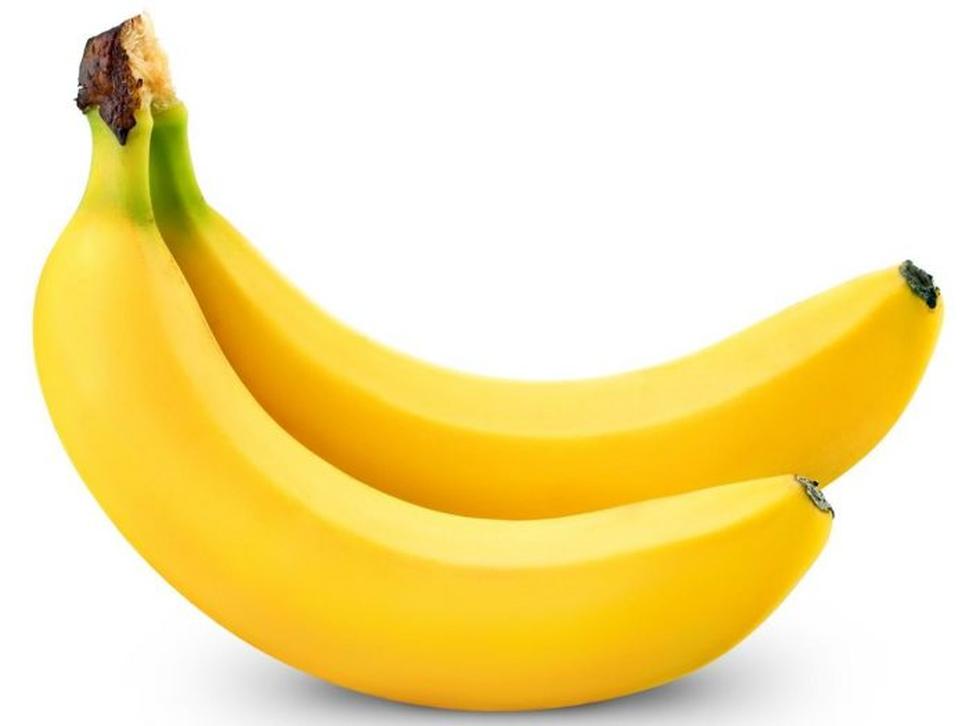
It might shock you to find out that European writers and scientists rarely credited Africans for their agricultural knowledge. Instead, many European men of science claimed credit for discoveries that had African origins, either ignoring or obscuring the invaluable knowledge passed on by African peoples.
The banana is a prime example of this historical erasure. While the friar in Santo Domingo might have introduced the fruit in writing, questions remain unanswered: Where did the friar get the banana plants? Who cultivated them initially? Who ate the fruit regularly and developed culinary practices around them? The hard truth is that millions of enslaved Africans planted, cared for, and consumed bananas and plantains, making them dietary staples and spreading their cultivation across the New World.
So, What’s the Big Picture?
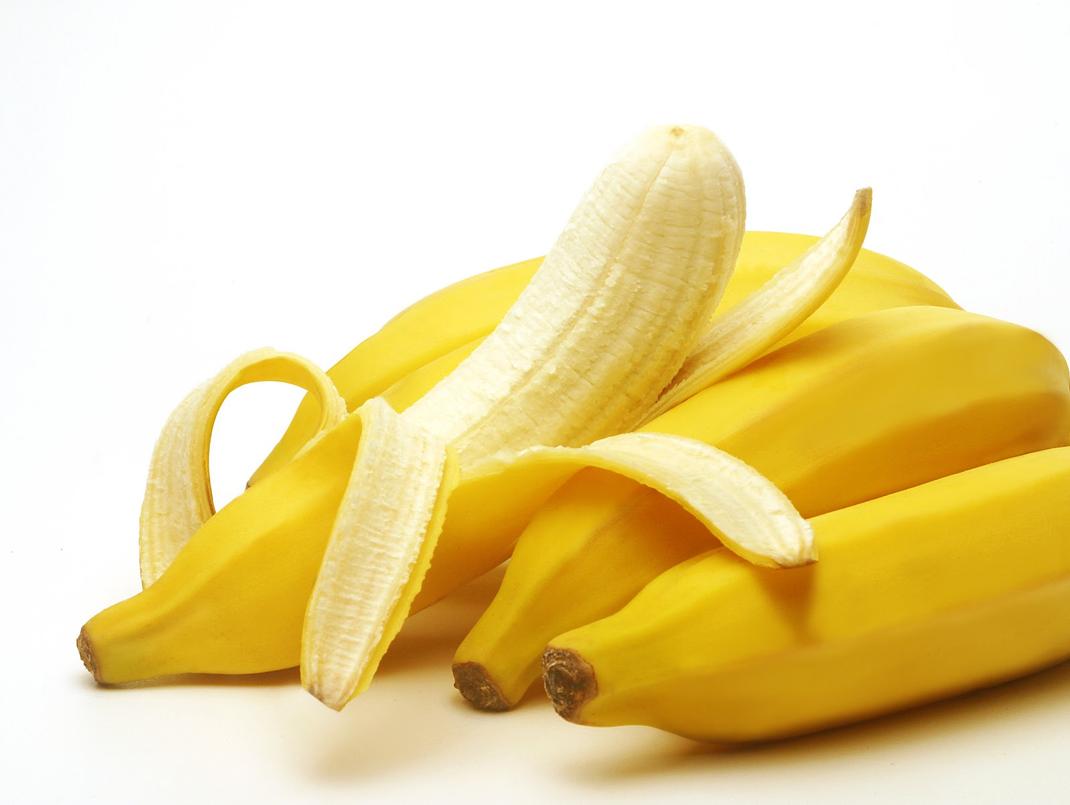
The banana’s journey to the Americas is not just about a fruit traveling from one continent to another. It’s about human migration, cultural resilience, and botanical exchange entwined with colonial histories and enslaved peoples’ endurance.
- It begins in Southeast Asia, where bananas evolved and were first cultivated.
- It passes through the complex possibilities of Polynesian contact, though evidence for this remains weak.
- It is linked to the Columbian Exchange and European colonial aspirations, with documented introduction by a Spanish friar in 1516.
- Most importantly, it hinges on the agricultural expertise and knowledge of enslaved Africans who carried their crops, skills, and traditions across the Atlantic.
What Can We Learn From This?
Next time you peel a banana, remember the journey beneath the skin. Bananas are more than just a fruit; they are symbols of human movement, survival, and cultural blending.
If history always fascinates you, why not dig deeper into how other beloved foods arrived on your plate? Understanding the complex, sometimes hidden stories behind everyday things adds new flavor to life itself.
And if you’re feeling inspired, consider planting a banana or plantain tree in your garden—if you live somewhere warm enough, of course—and savor firsthand a small piece of this incredible legacy.
